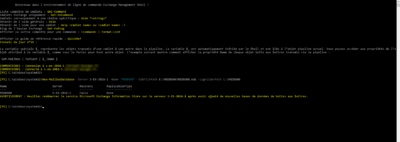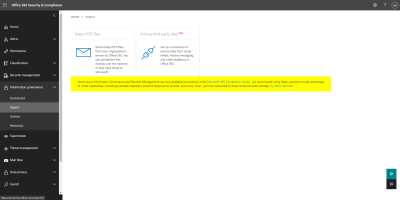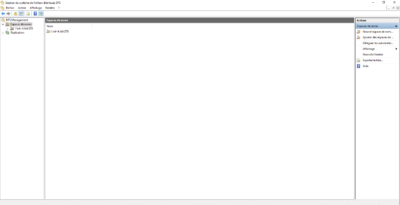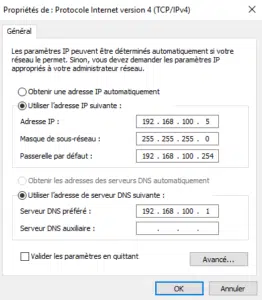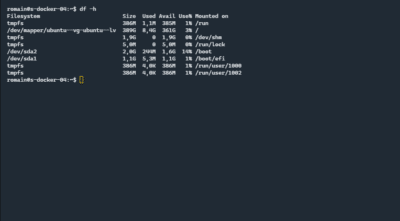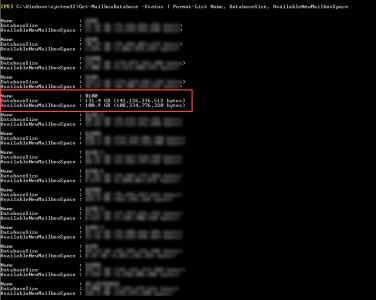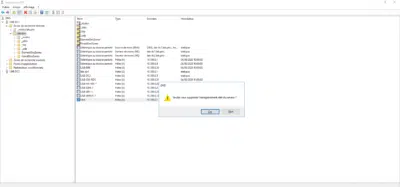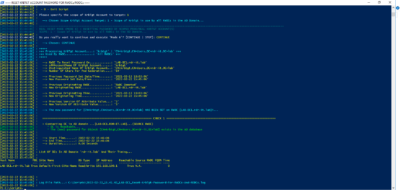Exchange: add a database in PowerShell
Dans ce tutoriel, je vais vous expliquer comment ajouter une base de données sur un serveur Exchange en PowerShell. The use of PowerShell saves time because several manipulations are to be done, enter go through the ECP then on the list of services to restart a service for consideration. Add a database to Exchange in …
